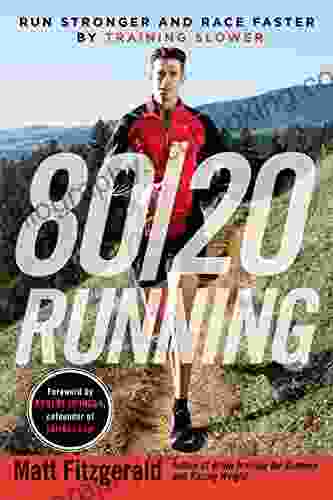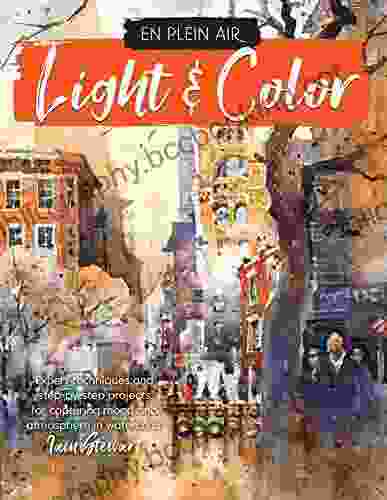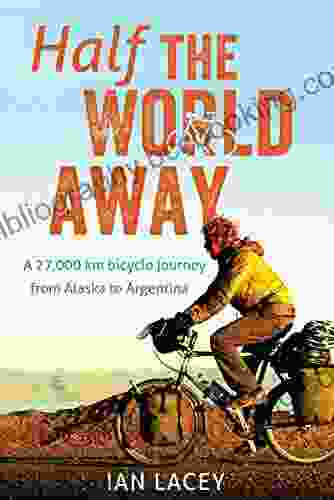Run Stronger and Race Faster by Training Slower: Unlocking Your Running Potential

For decades, runners have been conditioned to believe that the only way to improve is through relentless miles of intense training. But what if there was a better way? A way that could help you run stronger, faster, and with less risk of injury?
In his groundbreaking book, 'Run Stronger and Race Faster by Training Slower', renowned running coach Matt Fitzgerald challenges conventional wisdom and presents a revolutionary approach to running training. Fitzgerald argues that by focusing on slow, steady runs, runners can build a stronger foundation and unlock their true potential.
Fitzgerald's approach is backed by a growing body of scientific evidence. Studies have shown that slow training can improve endurance, speed, and running economy. Endurance is the ability to maintain a given pace for an extended period of time. Speed is the ability to run a certain distance in the shortest possible time. And running economy is the efficiency at which you run, which is measured by the amount of oxygen you consume per mile.
4.5 out of 5
| Language | : | English |
| File size | : | 15542 KB |
| Text-to-Speech | : | Enabled |
| Screen Reader | : | Supported |
| Enhanced typesetting | : | Enabled |
| X-Ray | : | Enabled |
| Word Wise | : | Enabled |
| Print length | : | 247 pages |
Slow training improves endurance by increasing the number of capillaries in your muscles. Capillaries are the tiny blood vessels that deliver oxygen and nutrients to your muscles. The more capillaries you have, the more oxygen and nutrients your muscles can receive, which allows you to run for longer periods of time without getting tired.
Slow training also improves speed by increasing the efficiency of your running stride. When you run slowly, you have more time to relax your muscles and focus on your form. This can help you to develop a smoother, more efficient running stride, which will ultimately make you faster.
Finally, slow training can reduce your risk of injury by strengthening your tendons and ligaments. Tendons and ligaments are the connective tissues that hold your muscles and bones together. When you run slowly, you put less stress on your tendons and ligaments, which can help to prevent them from becoming injured.
If you're ready to give slow training a try, Fitzgerald recommends starting by gradually reducing your running pace. Aim to run at a pace that is about 30 seconds per mile slower than your current easy pace.
Once you've found a comfortable slow pace, start incorporating it into your regular running routine. Aim to run at least 80% of your miles at your slow pace. The remaining 20% of your miles can be devoted to faster runs, such as interval training or tempo runs.
As you get stronger and fitter, you can gradually increase the amount of time you spend running at your slow pace. You can also start to increase the distance of your slow runs.
In addition to providing a theoretical framework for slow training, Fitzgerald also provides a number of practical exercises that can help you to implement this approach into your own running program. These exercises include:
- The Slow Jog: This is a simple exercise that can be done anywhere. Simply run at a slow, easy pace for 20-30 minutes. Focus on relaxing your muscles and breathing deeply.
- The Long Run: The long run is a staple of any running training program. When you run long, you build endurance and stamina. Fitzgerald recommends running your long runs at a slow, easy pace.
- The Hill Repeat: Hill repeats are a great way to improve strength and speed. To do a hill repeat, find a hill that is about 200-300 meters long. Run up the hill at a slow, steady pace, then jog back down. Repeat this process for 6-8 repetitions.
Slow training can be challenging, especially if you're used to running at a faster pace. But it's important to remember that slow training is a gradual process. Don't get discouraged if you don't see results immediately. With patience and consistency, you will eventually see improvements in your running performance.
To stay motivated, Fitzgerald recommends setting realistic goals and celebrating your successes. Don't focus on running faster or farther than you're capable of. Instead, focus on running at a slow, easy pace and enjoying the journey.
'Run Stronger and Race Faster by Training Slower' is a comprehensive guide to the revolutionary training method that is transforming runners of all levels. This book provides proven strategies, practical exercises, and motivational tips to help you achieve your fitness goals and unlock your full running potential.
If you're ready to take your running to the next level, I highly recommend reading this book. It has the potential to change the way you think about running and help you to achieve your best results.
4.5 out of 5
| Language | : | English |
| File size | : | 15542 KB |
| Text-to-Speech | : | Enabled |
| Screen Reader | : | Supported |
| Enhanced typesetting | : | Enabled |
| X-Ray | : | Enabled |
| Word Wise | : | Enabled |
| Print length | : | 247 pages |
Do you want to contribute by writing guest posts on this blog?
Please contact us and send us a resume of previous articles that you have written.
 Book
Book Novel
Novel Page
Page Chapter
Chapter Text
Text Story
Story Genre
Genre Reader
Reader Library
Library Paperback
Paperback E-book
E-book Magazine
Magazine Newspaper
Newspaper Paragraph
Paragraph Sentence
Sentence Bookmark
Bookmark Shelf
Shelf Glossary
Glossary Bibliography
Bibliography Foreword
Foreword Preface
Preface Synopsis
Synopsis Annotation
Annotation Footnote
Footnote Manuscript
Manuscript Scroll
Scroll Codex
Codex Tome
Tome Bestseller
Bestseller Classics
Classics Library card
Library card Narrative
Narrative Biography
Biography Autobiography
Autobiography Memoir
Memoir Reference
Reference Encyclopedia
Encyclopedia Zach Codings
Zach Codings N D Wilson
N D Wilson Lysa Terkeurst
Lysa Terkeurst Jamie Reed
Jamie Reed Itzhak Bentov
Itzhak Bentov Jeffrey W Hayzlett
Jeffrey W Hayzlett Yvonne Daniel
Yvonne Daniel J H Patterson
J H Patterson Insight Traveller
Insight Traveller Isabelle Arsenault
Isabelle Arsenault Isaac Du Toit
Isaac Du Toit International Code Council
International Code Council Jack Campbell
Jack Campbell Hupport
Hupport Ivan Borodin
Ivan Borodin J Patrick Lewis
J Patrick Lewis Hui Wang
Hui Wang Micha Archer
Micha Archer Jewell Parker Rhodes
Jewell Parker Rhodes Immigration Consult
Immigration Consult
Light bulbAdvertise smarter! Our strategic ad space ensures maximum exposure. Reserve your spot today!
 Marc FosterFollow ·11.8k
Marc FosterFollow ·11.8k Fredrick CoxFollow ·9.9k
Fredrick CoxFollow ·9.9k Chuck MitchellFollow ·3.7k
Chuck MitchellFollow ·3.7k Ralph TurnerFollow ·2.3k
Ralph TurnerFollow ·2.3k Kelly BlairFollow ·4.7k
Kelly BlairFollow ·4.7k Craig BlairFollow ·8.9k
Craig BlairFollow ·8.9k Edward ReedFollow ·3.6k
Edward ReedFollow ·3.6k Derrick HughesFollow ·15.7k
Derrick HughesFollow ·15.7k

 Luke Blair
Luke Blair101 Amazing Facts About Australia: A Journey Through the...
A Literary Expedition Unveiling the Treasures...
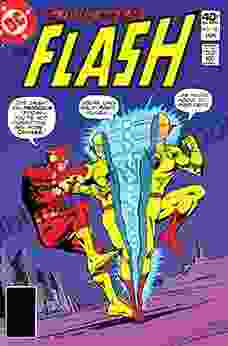
 Harry Hayes
Harry HayesWitness the Velocity and Legacy of the Scarlet Speedster:...
Delve into the Lightning-Charged...

 Stan Ward
Stan Ward101 Amazing Facts About Ancient Egypt: Unraveling the...
: A Timeless Realm of Wonder Ancient Egypt, a...
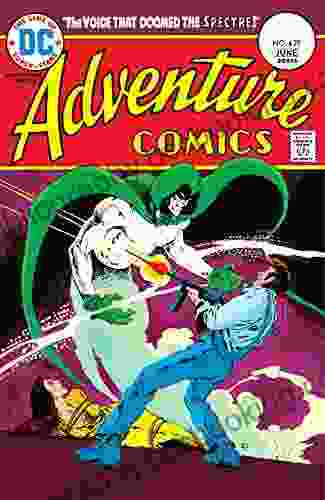
 Stephen King
Stephen KingEscape into Adventure: Unveil the Secrets of Adventure...
In the annals of comic book history,...
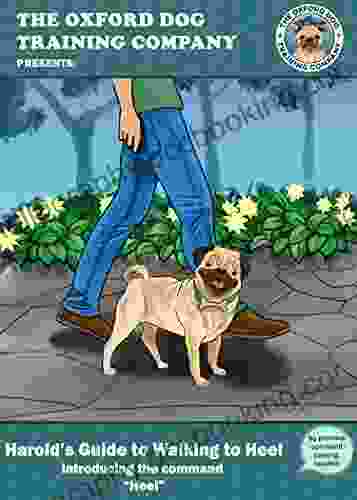
 Forrest Blair
Forrest BlairThe Oxford Dog Training Company Presents: A Holistic...
In the realm of dog...
4.5 out of 5
| Language | : | English |
| File size | : | 15542 KB |
| Text-to-Speech | : | Enabled |
| Screen Reader | : | Supported |
| Enhanced typesetting | : | Enabled |
| X-Ray | : | Enabled |
| Word Wise | : | Enabled |
| Print length | : | 247 pages |


